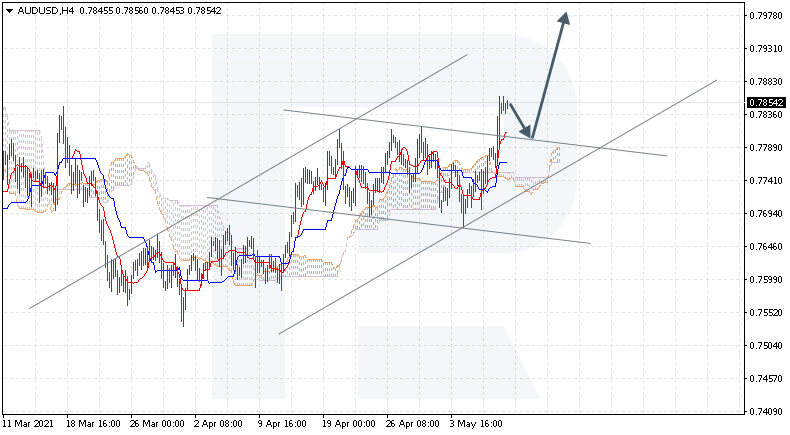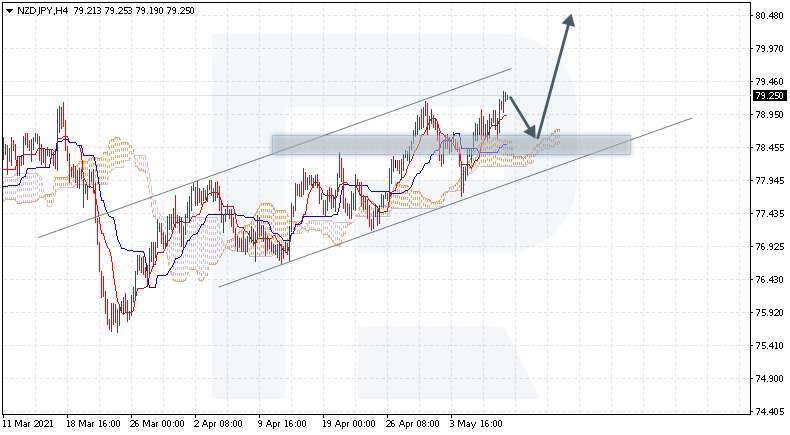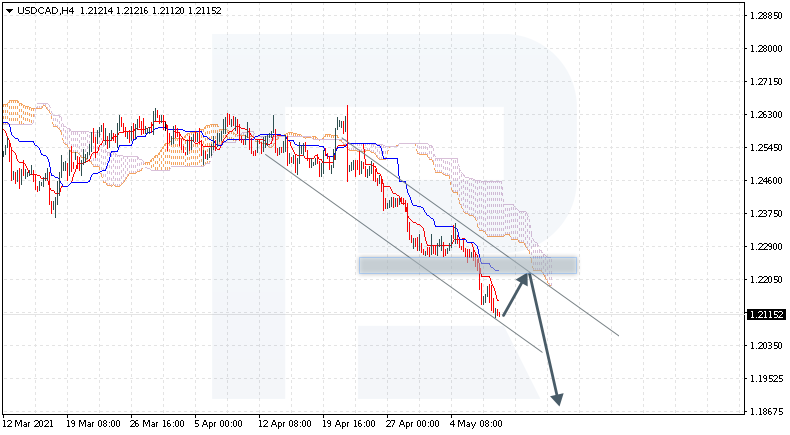Article By RoboForex.com
AUDUSD, “Australian Dollar vs US Dollar”
AUDUSD is trading at 0.7854; the instrument is moving above Ichimoku Cloud, thus indicating an ascending tendency. The markets could indicate that the price may test Tenkan-Sen and Kijun-Sen at 0.7795 and then resume moving downwards to reach 0.7985. Another signal in favor of a further uptrend will be a rebound from the upside border of the descending channel, which was earlier broken by bulls to the upside. However, the bullish scenario may no longer be valid if the price breaks the cloud’s downside border and fixes below 0.7675. In this case, the pair may continue falling towards 0.7585.


NZDJPY, “New Zealand Dollar vs Japanese Yen”
NZDJPY is trading at 79.25; the instrument is moving above Ichimoku Cloud, thus indicating an ascending tendency. The markets could indicate that the price may test the cloud’s upside border at 78.45 and then resume moving upwards to reach 80.55. Another signal in favor of a further uptrend will be a rebound from the support level. However, the bullish scenario may no longer be valid if the price breaks the cloud’s downside border and fixes below 77.95. In this case, the pair may continue falling towards 76.85.


USDCAD, “US Dollar vs Canadian Dollar”
USDCAD is trading at 1.2115; the instrument is moving below Ichimoku Cloud, thus indicating a descending tendency. The markets could indicate that the price may test Tenkan-Sen and Kijun-Sen at 1.2215 and then resume moving downwards to reach 1.1865. Another signal in favor of a further downtrend will be a rebound from the descending channel’s upside border. However, the bearish scenario may no longer be valid if the price breaks the cloud’s upside border and fixes above 1.2315. In this case, the pair may continue growing towards 1.2405.

Article By RoboForex.com
Attention!
Forecasts presented in this section only reflect the author’s private opinion and should not be considered as guidance for trading. RoboForex LP bears no responsibility for trading results based on trading recommendations described in these analytical reviews.
